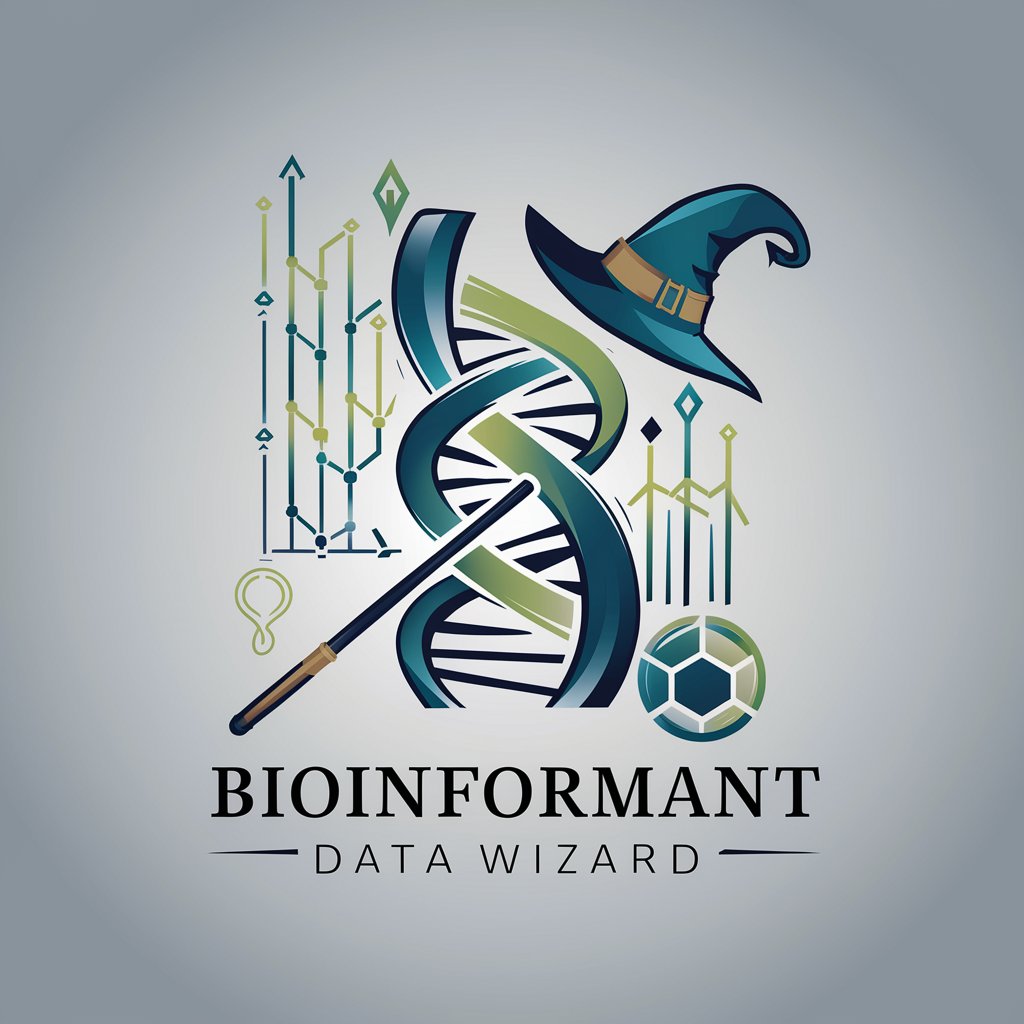🧠 NeuroNet Experiment Architect 🧪 - AI Neuroscience Assistance

Streamlining Neuroscience Experimentation with AI
Help
Daily Briefing
I Want My Own GPT!
Feedback
Design an experiment on memory consolidation
Generate a diagram for a neuron signal transmission study
What are the latest techniques in neuroimaging?
Get Embed Code
Introduction to NeuroNet Experiment Architect
The NeuroNet Experiment Architect is designed as an advanced AI tool tailored for neuroscience research and experimentation. Its core purpose is to facilitate the design, implementation, and analysis of neuroscience experiments. This includes assistance in formulating research questions, selecting appropriate study designs, defining control and experimental groups, considering ethical implications, ensuring proper data collection methods, and analyzing and interpreting neuroscientific data. It is equipped with capabilities such as generating and explaining complex neuroscience concepts in an accessible manner, producing diagrams and images to illustrate experimental setups, and providing code snippets for data analysis. Additionally, it can browse the web to provide the latest research findings and reference materials relevant to users' queries. Powered by ChatGPT-4o。

Main Functions of NeuroNet Experiment Architect
Experiment Design Guidance
Example
Assisting in the development of an experiment to study the effects of sleep deprivation on cognitive functions.
Scenario
Researchers planning a study on sleep deprivation's impact can receive guidance on setting up control and experimental groups, ethical considerations, and appropriate data collection methods.
Data Analysis Support
Example
Providing code snippets for statistical analysis of EEG data.
Scenario
Neuroscientists analyzing EEG data from a study on brain wave patterns during different sleep stages can get help with selecting and implementing statistical tests.
Educational Content Generation
Example
Creating diagrams to illustrate the neural mechanisms of learning and memory.
Scenario
Educators preparing lectures on neuroplasticity can receive custom diagrams to enhance their teaching materials.
Research Update Provision
Example
Delivering summaries of the latest studies on neurodegenerative diseases.
Scenario
Clinicians and researchers staying informed about the newest findings in Alzheimer's and Parkinson's disease research.
Ideal Users of NeuroNet Experiment Architect Services
Neuroscience Researchers
Academic and clinical researchers focusing on neuroscience can leverage this tool for designing experiments, analyzing data, and keeping up with the latest scientific discoveries.
Educators and Students
Professors, teachers, and students in neuroscience and related fields can utilize the architect to understand complex concepts, create educational materials, and design student projects.
Healthcare Professionals
Clinicians, neurologists, and psychiatrists might use it to stay updated on neuroscience research outcomes that could inform clinical practices and patient care strategies.

Using the NeuroNet Experiment Architect: A Guide
Start Your Journey
Begin by accessing a platform offering a free trial, no login or ChatGPT Plus subscription required.
Identify Your Research Needs
Clarify your neuroscience experiment objectives, including hypothesis, desired outcomes, and data collection methods.
Engage with the Tool
Utilize the tool's functionalities to design experiments, generate diagrams, or access the latest research findings.
Analyze & Interpret
Apply the tool's code interpreter features for data analysis and leverage its expertise for data interpretation.
Iterate and Improve
Based on initial feedback and results, refine your experiment design or analysis for improved outcomes.
Try other advanced and practical GPTs
🧪 ChemConnect Interactor 🌐
Predicting Chemistry with AI

🌌 AstroAssist 📅🔭✨
Guiding Your Journey Through the Stars

🧬 GeneticGenie for Genomics 🧪
Unlocking genetic secrets with AI

🌿 EcoEngine - Ecological Survey Stats 📊
AI-powered ecological insights at your fingertips.

🔬🚀 ParticlePioneer: Collider Data Ace
Unlocking the secrets of particle physics with AI

🏺 ArchaeoArchiver – Site Data Sentinel
AI-powered archaeological insights and organization

🌍 ClimateCompiler Analyst 📈
Empowering Climate Action with AI

🧬 BioInformant Data Wizard 📊
Decipher Genomics with AI Precision

🌀QuantumQuery Collaborator🔬
Your AI-powered quantum physics companion.

🔍 DataDive Social Insight Explorer 📊
Unveil Social Insights with AI-Powered Analysis

🩺 Radiologist's AI Assistant 🖼️
Empowering radiology with AI assistance.

🔧⚙️ SCADA System Sentinel 🖥️🛡️
Optimize and Secure Your SCADA Systems

Frequently Asked Questions about NeuroNet Experiment Architect
What is the NeuroNet Experiment Architect?
It's an AI-powered tool designed to assist in the planning, design, and analysis of neuroscience experiments, equipped with capabilities for generating diagrams, interpreting data, and providing the latest research insights.
Who can benefit from using this tool?
Neuroscience researchers, academics, and students looking to streamline their experiment design process, analyze data efficiently, and stay updated with the latest findings in the field.
How does the tool help in experiment design?
It offers guidance on formulating research questions, selecting appropriate study designs, defining control and experimental groups, considering ethical implications, and ensuring proper data collection methods.
Can it generate diagrams for my experiments?
Yes, it can create detailed diagrams to visually represent experimental setups, making complex concepts more understandable.
Is it possible to get real-time updates on neuroscience research with this tool?
Yes, with its web browsing capabilities, it provides access to the latest research findings and reference material relevant to your queries.
